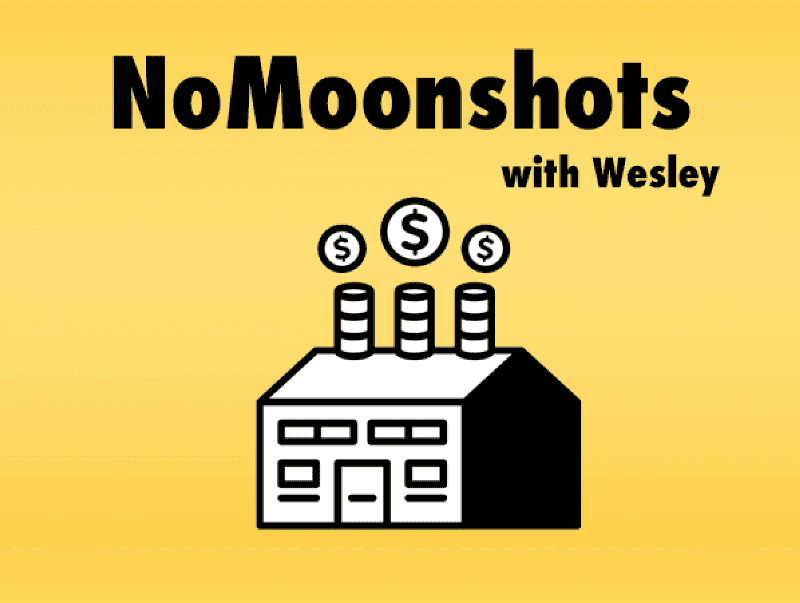
For the past couple of months, I’ve had the chance to travel the world while taking time off from work in order to focus on improving my physical health. Now that I’ve met the goals I set out to achieve before departing on my journey through Europe and Asia, I can’t wait to jump right back into what I love doing the most, building things.
Since 5 months in the world of tech is like a decade in the brick and mortar world, I figured that the best way for me to catch on things is to build small projects that meet current tech trends and my own interests at the same time.
Like with anything we do, there’s always an underlying reason for everything that doesn’t seem that obvious at first.
In this case, it’s mainly having a challenge that is short and diverse enough to start a habit of actually shipping side projects to the outside world.
You might ask, why is that so important to me.
In the past couple of years whenever I had some extra time I always worked on smaller projects that at the time always seemed like the next big thing.
The funny thing is… some of them actually were.
So why am I not a millionaire by now you might ask?
Well, the main difference I think, between having a good idea and actually sweeping the market off its feet is: shipping it & getting initial traction.
The follow through & grind comes as second fiddle in comparison.
Here’s a couple of examples of projects that I’ve built & shipped but didn’t get anywhere since I’ve lacked some fundamental knowledge of customer development and getting traction:
TribeReminder (1/14) vs Bond (6/14)
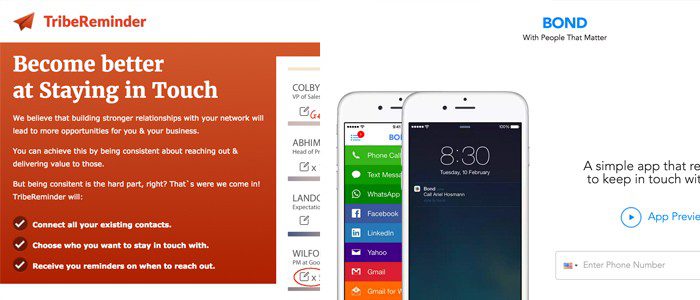
StoopShop (02/13) vs CrateJoy (10/13)
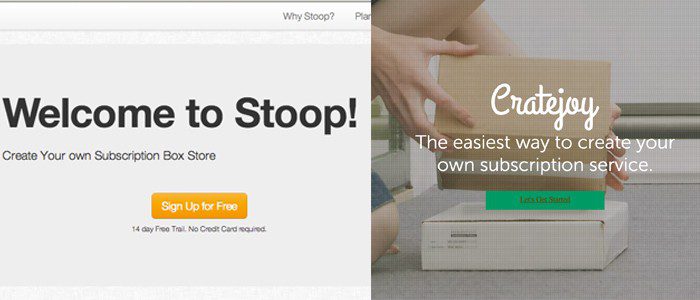
PrimalSupply (5/13) vs Epic Provisions (6/10)
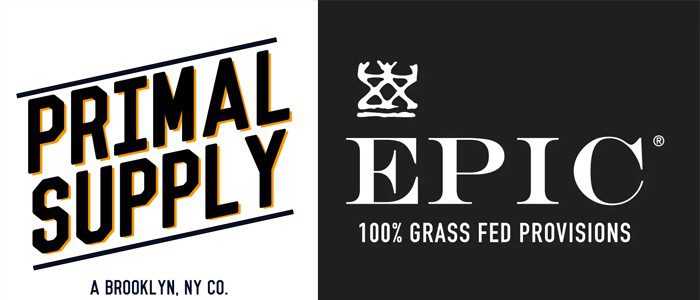
So, as you can see some of them worked out (for those that persevered), some were total flops and in the end, the main difference between those two is having the ability to quickly reach some level of initial traction that allowed them to go further.
This, of course, is a theme that I’ve noticed while working with startups in Silicon Valley or with clients at a large digital agency in New York City.
Lessons learned from those projects or from my own endeavors could fill a book if I really sat down and started writing.
However, since I’m not necessarily a good writer I would usually send my more curious clients a copy of a couple of books I believed showed them the “right way of doing things”, those included “The Lean Startup“, “Rework” or “Blue Ocean Strategy”.
The problem with those, however, is, that people get too hung up on specific examples or applications of a given framework.
That’s why nowadays I try to break down everything into a repeatable process and leave the actual implementation flexible.
Now, what I mean by that, is that each successful business can be broken down to Product / People / Process. Something I’ve picked up from Marcus Lemonis, the CEO of CampingWorld.
So, as long as you have a good product that meets the market need, a team of good people behind it and a repeatable process for each aspect of the business, be it product development, marketing or bookkeeping, you have a very high chance of doing really well in the market.
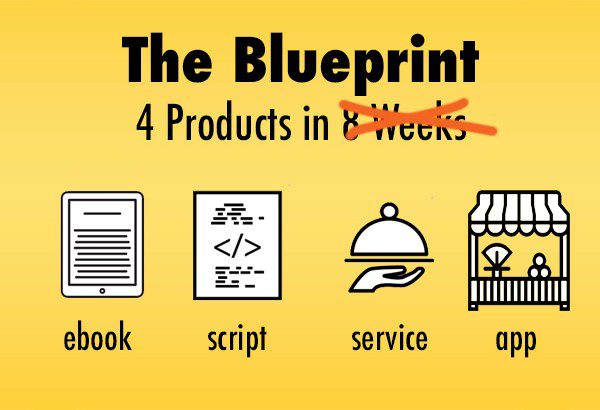
The products I want to build in this challenge fall into common categories (e-book, script, productized service, web app) which for the most part should follow an already well-defined process, starting from idea to actually have something I can share with others.
Since some of these categories are related to markets I have no experience with, I’ll be inviting experts in those fields to advise along the way.
Those that either saw the patterns or want to know more about the inspiration behind this project should check out:
StairStep Approach by Rob Walling